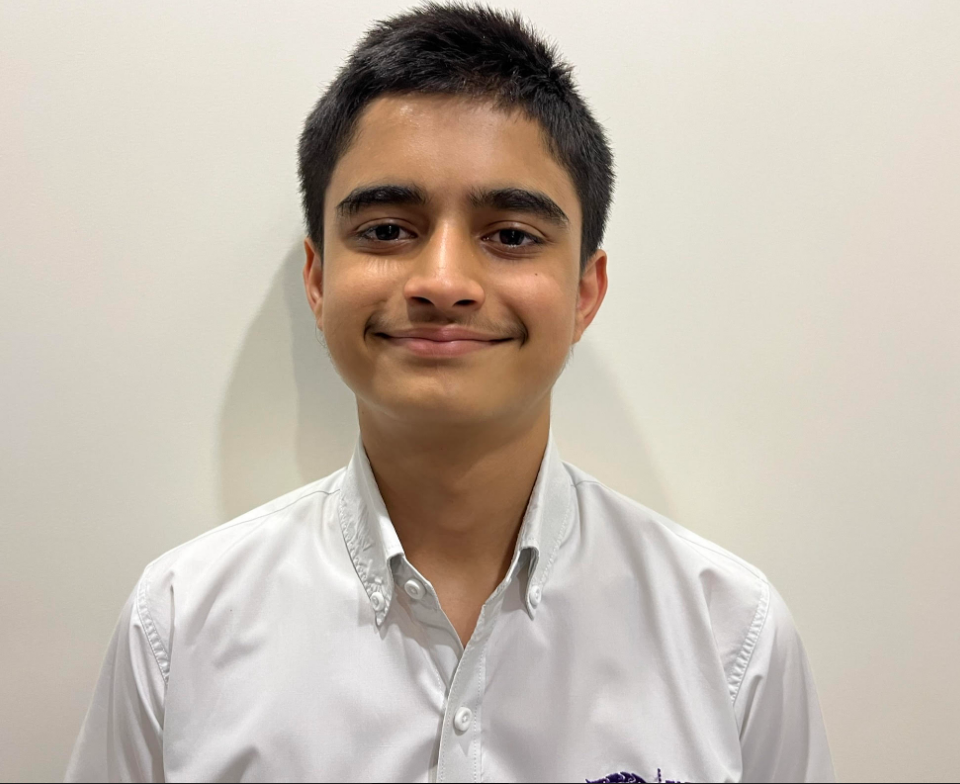Our Schools
What a whirlwind of emotions the World Cup has been for us this year. As we reflect on India’s journey, it’s important to appreciate the highs and acknowledge the hurdles that make cricket the unpredictable and thrilling sport that it is.
First, let’s talk about the glory of the incredible feat achieved by our team—10 consecutive victories! From dominating the league matches to an emphatic win in the semi-finals, the Men in Blue showcased exceptional talent, teamwork, and determination. It’s no small feat to achieve such a remarkable winning streak, especially on the grand stage of a World Cup.
Individual brilliance added a special flavour to our campaign. The iconic Virat Kohli notched up his 50th century, putting his name further in the greats of cricket history. It’s not just a personal milestone, it’s a sign of his dedication and skill, constantly inspiring fans across the globe.
Let’s also take a moment to celebrate the team’s collective achievement—a record for the most number of wins in a World Cup for India. This achievement speaks volumes about the depth and resilience of our cricketing talent. Each player, from seasoned veterans to emerging stars, played a pivotal role in scripting this success story.
Now, let’s talk about the shining star of our bowling attack—Mohammad Shami. His stellar performances left an indelible mark on the tournament. The way he consistently delivered under pressure, taking crucial wickets and displaying impeccable control, deserves a standing ovation. Shami’s contributions were more than just statistics; they were moments of sheer brilliance that fueled our hopes and dreams.
However, as we know, cricket is a game of uncertainties, and the final proved to be a bitter pill to swallow. Facing a formidable opponent like Australia, we encountered a tough challenge, and the result didn’t swing in our favour. It’s disappointing, no doubt, but let’s not forget the journey that led us to that final. It was a rollercoaster of emotions, and the lessons learned will only strengthen our team.
In the grand scheme of things, this World Cup has been a showcase of our team’s resilience, and individual brilliance, and a testament to the spirit of the game. As Indian fans, let’s stand tall, applaud the achievements, and rally behind our team. We may not have lifted the trophy, but our journey was nothing short of spectacular, filled with moments that will be etched in our memories for years to come.
Here’s to Team India, a source of pride and inspiration! Until the next cricketing adventure, let’s continue to bleed blue and celebrate the spirit of the game we love so dearly.”
Ekya Schools, JP Nagar
Incorporating movement in the classroom
Imagine there are no physical education (PE) or physical activity (PA) classes allotted in the school timetable. Will the learning experience throughout the whole day be great? Not!! The learning experience will be monotonous for the learners.
Is PE the only class where we can incorporate movement? Movement can be used in any classroom across all learning areas. Adding movement in the classroom will result in more focused, better-behaved students who can learn more throughout the school day.
Physical activity is good for all. Research has shown that physical movement helps in academic excellence. Here are some of the benefits of incorporating movements in our classroom.
-
Active engagement: It helps in capturing and retaining student’s attention thus increasing their engagement in the learning process.
-
Improved focus and concentration: Research has shown that physical activity stimulates the brain and enhances cognitive function. By incorporating short bursts of movement, such as stretching, jumping jacks, or simple exercises, students can release excess energy, increase blood flow to the brain, and improve their ability to concentrate on academic tasks.
-
Retention of memory: When students engage in physical activities while learning, such as acting out a concept or participating in hands-on experiments, they create multisensory experiences that reinforce learning. These experiences activate multiple regions of the brain, which enhances memory formation and improves long-term retention.
-
Social and emotional well-being: Cooperative movement activities in the classroom build cooperation, teamwork and social interaction among students.
Ways to incorporate movement as part of our classroom culture:
-
By adding gestures or motions to vocabulary words or important concepts.
-
To let the students answer questions in a different manner that allows certain movement.
-
The teacher can encourage the walk-and-talk strategy in the classroom where the student will be allowed to walk and talk around the classroom or in the corridors to discuss as space permits.
-
Incorporating a brain gym in between the sessions.
-
Let one session happen amid nature.
-
“Simon Says ”is a great way to have our students learn new concepts. This will create a connection between auditory and kinesthetic learning.
It's important to note that incorporating movement in the classroom does not mean replacing traditional teaching methods but rather integrating movement as a complementary tool to enhance the learning experience. Different activities can be tailored to suit the age group, curriculum, and individual needs of students, promoting an inclusive and dynamic learning environment.
STEAM Revolution in Education
STEAM - Science, Technology, Engineering, Arts, and Mathematics is not just an acronym but an education revolution!
Today, having hands-on experience and the ability to smartly utilise interpersonal skills and employable skills in any given situation is a unique talent to possess. From cutting-edge research to the dynamic IT sector, creative writing to content execution, it is a growing expectation across industries. Schools have astutely recognised the immense value of this multifaceted skill set and are shaping the very essence of how students learn. Ekya Schools is at the forefront of this transformation. Our in-house instructional designers craft a narrative of creativity, innovation, and inspiration among young learners by incorporating STEAM into the curriculum. If you would like to know how, here are a few significant ways we are spearheading this transformation:










Leave a reply